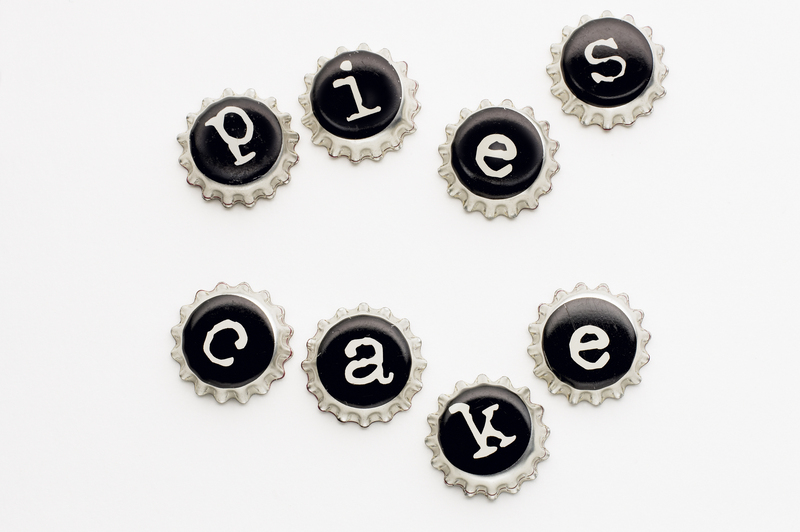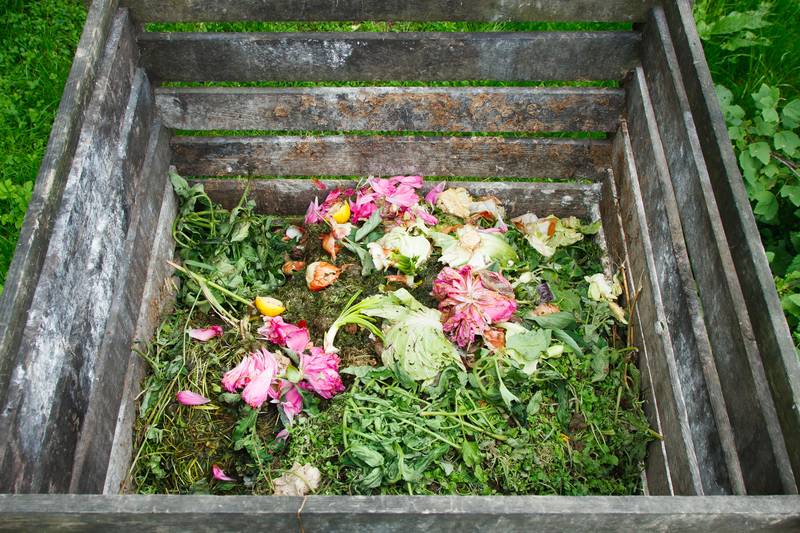Reclaim Your Space: Inspiring Clutter Removal and Hoarder Clean Up Techniques
Are you ready to breathe new life into your home, regain peace of mind, and boost your productivity? Start today by taking decisive steps to reclaim your space! Whether it's clutter removal or comprehensive hoarder clean up, break free from chaos with these expert-backed strategies. This guide offers proven, practical, and inspiring ways to turn overwhelming mess into organized happiness.
Understanding Clutter and Hoarding: What's the Real Impact?
Before jumping into decluttering and hoarder clean up techniques, it's crucial to distinguish between everyday clutter and hoarding. Both present challenges, but the underlying issues and solutions vary.
What is Clutter?
- Clutter is the accumulation of items that disorganize living or working spaces but are not necessarily indicative of a mental health disorder.
- It often results from busy lifestyles, sentimental attachments, or simple procrastination.
- Clutter can be managed with routine organization and dedicated clean-up efforts.
Understanding Hoarding Disorder
- Hoarding disorder is a mental health issue wherein a person has persistent difficulty discarding possessions, regardless of their value.
- It often leads to unsafe, unsanitary, and severely cluttered living conditions, which can affect quality of life, physical health, and relationships.
- Professional help and a compassionate approach are typically required for effective hoarder clean up.
The Impact on Your Life
Physical Impact: Excessive clutter or unaddressed hoarding can cause fire hazards, pest infestations, trip-and-fall accidents, and other health risks.
Mental Impact: Living in chaos often leads to chronic stress, anxiety, and depression, while organized spaces improve mood and cognitive function.
Social Impact: Cluttered or unclean homes often result in embarrassment, isolation, and strained relationships.

Step-by-Step Clutter Removal Techniques
Ready to tackle that unsightly mess? Below are clutter removal strategies that are effective, manageable, and even enjoyable!
1. Start Small and Choose a Focus Area
- Begin with one room or one section. Don't try to declutter your entire house in a day; overwhelm leads to defeat.
- Choose a high-traffic area such as your entryway, kitchen counter, or living room.
- Set a timer (e.g., 20-30 minutes) for each clean-up session.
2. Employ the Four-Box Method
- Label four boxes or containers as Keep, Donate, Trash, and Relocate.
- As you sort, place every item into one of these boxes. Be honest: if you haven't used it in a year, do you really need it?
- This technique forces decision-making and prevents simply shifting clutter from one area to another.
3. Declutter by Category, Not by Location
- Inspired by Marie Kondo's method, grouping similar items (books, clothes, kitchen gadgets) helps you spot and reduce duplicates.
- Complete a category before moving on to the next, creating measurable progress and motivation.
4. Set Realistic Goals and Celebrate Small Wins
- Break big projects into daily or weekly goals (e.g., "declutter my nightstand today").
- Reward yourself after completing each task--a coffee treat, a favorite TV show, or a walk in the park.
- Visible progress helps build momentum.
5. Enlist Help and Make It Fun
- Invite friends or family for a clutter-busting session; teamwork lightens the load.
- Play your favorite music or turn decluttering into a friendly competition.
- If needed, consider hiring a professional organizer or clutter removal service. Their experience can be invaluable for large projects.
6. Embrace the "One In, One Out" Rule
- Going forward, every time you acquire something new, remove a similar item from your space.
- This simple rule maintains organization and prevents relapse into clutter.
7. Maintain Your Progress
- Schedule regular "reset" times each week to tidy up.
- Practice mindful shopping--ask yourself if you truly need additional items before buying.
- Encourage all household members to adopt these habits for lasting change.
Tackling Hoarder Clean Up: Compassion, Strategy, and Support
Cleaning up after hoarding is a more complex, sensitive process. It requires patience, empathy, and often, the guidance of professionals.
1. Recognize the Signs of Hoarding and Seek Support
- Signs include blocked exits, rooms filled to capacity, unsanitary living conditions, and distress at the thought of discarding possessions.
- If you or a loved one is struggling, it might be time to reach out to a mental health professional.
- Support groups, therapists, and trained hoarder clean-up companies offer judgment-free advice and practical help.
2. Prioritize Health and Safety
- Hoarder clean-up often exposes dangerous materials, biohazards, or structural issues. Prioritize safety--wear gloves, masks, and protective clothing.
- If needed, call in expert clutter removal services who are trained to handle hazardous or overwhelming circumstances.
3. Use a Team Approach
- A large-scale hoarder clean up process works best with multiple hands on deck: family, friends, or professional teams.
- Divide responsibilities such as sorting, lifting, bagging, and disinfecting.
- Establish ground rules and take regular breaks to prevent burnout.
4. Break Down the Process: Room by Room
- Begin with essential living spaces to regain safe access--bathrooms, kitchens, and sleeping areas.
- Work systematically; catalog items for donation, disposal, or storage as you go.
- Never rush or force discarding. Compassionate discussion encourages progress without causing trauma.
5. Disposal and Donation Logistics
- Contact local waste removal, recycling centers, or charitable organizations for bulk pickups.
- Bag and label hazardous or biohazardous materials separately for safe disposal.
- Arrange for transportation in advance for larger donations, furniture, or appliances.
6. Deep Clean and Restore
- After clutter is gone, professional cleaning may be needed to remove odors, stains, or pests.
- Restore rooms by repairing floors, walls, or damaged fixtures.
- This final step transforms your space into a safe, healthy, and welcoming environment.
Inspiring Clutter Removal and Hoarder Clean Up Success Stories
Nothing is more motivating than real-world success! Here are stories of ordinary people who took extraordinary steps to reclaim their space and transform their lives.
"From Chaos to Calm: Anna's Journey"
Anna, a busy mother of three, found her family buried under years of accumulated toys, paperwork, and clothes. With a four-box method, weekly 30-minute tidy sessions, and family involvement, her house transformed into a haven. Today, Anna enjoys hosting friends and has noticed a huge improvement in her mental health.
"Restoring Dignity: Mr. Miller's Hoarder Clean Up"
Mr. Miller struggled silently with hoarding for decades. With assistance from a compassionate hoarder clean up service and local support group, he successfully decluttered his home over five months. The journey wasn't easy, but by setting small goals, respecting his attachments, and never giving up, Mr. Miller now proudly welcomes grandchildren into his safe, clean home.
Tips to Prevent Future Clutter and Hoarding
- Stay Consistent: Schedule weekly mini-declutters to maintain order.
- Practice Mindfulness: Consider whether you need an item before bringing it home.
- Adopt Minimalist Habits: Embrace the idea of quality over quantity.
- Enlist Accountability Partners: Share your goals with friends or family for ongoing encouragement.
- Seek Ongoing Support: Access therapy or support groups if hoarding tendencies resurface.
Essential Clutter Removal Tools and Supplies
- Sturdy garbage bags and boxes for sorting and disposal
- Labels and permanent markers for clear categorization
- Protective gloves, masks, and clothing for safety, especially during hoarder cleanup
- Cleaning products--disinfectant, sprays, wipes
- Storage solutions--baskets, bins, shelving for better organization
- Donation bags for items in good condition
- Camera/Smartphone to document progress and motivate ongoing efforts

Frequently Asked Questions about Clutter Removal and Hoarder Clean Up
Is it possible to declutter without professional help?
Yes! For standard clutter removal, most people can succeed using structured methods like the four-box approach, category sorting, and maintaining daily routines. Severe hoarding cases, however, may require trained professionals for physical and emotional safety.
How do I make clutter removal less overwhelming?
Break the process into small, manageable steps. Focus on one room or one category at a time. Celebrate each achievement, no matter how minor, and recruit help if available.
Are there any risks in hoarder clean up?
Yes. Risks may include exposure to mold, pests, garbage, inhalants, or structural hazards. It's crucial to wear protective gear or hire a biohazard-trained hoarder clean up service for extensive or dangerous clean outs.
What should I do with sentimental items?
Limit sentimental items to a designated container or box. Take photographs to preserve memories without physical storage. Only keep items that genuinely bring you joy and fit your space.
Final Thoughts: Start Your Journey to a Clutter-Free Life Today
Clutter removal and hoarder clean up can truly change your life. No matter your starting point, taking that first step yields powerful results--renewed energy, better health, improved relationships, and a sense of pride in your surroundings. Remember, progress is more important than perfection.
Reclaim your space now. With the right strategies, support, and mindset, every room can become an inspiring, organized sanctuary that reflects your best self.
Share Your Success!
Have you conquered clutter or completed a hoarder clean up? Share your story with us, inspire others, and continue your journey to a brighter, more organized future.
- Declutter today--enjoy the freedom tomorrow!
- Your space, your sanctuary: reclaim it.